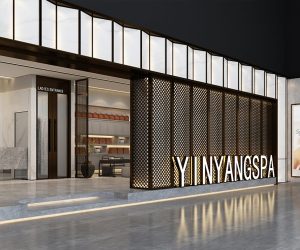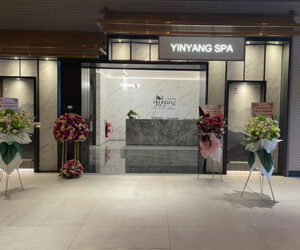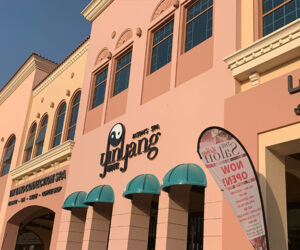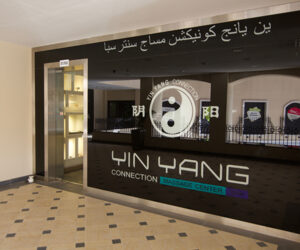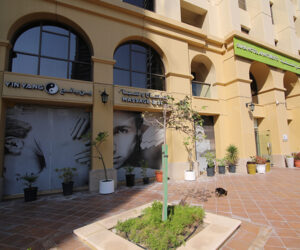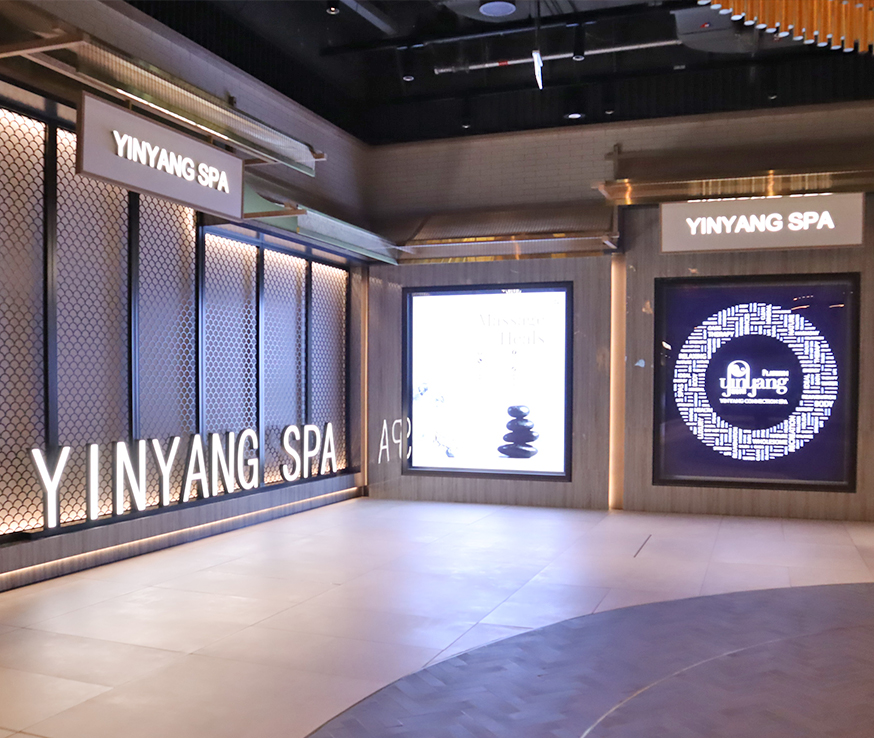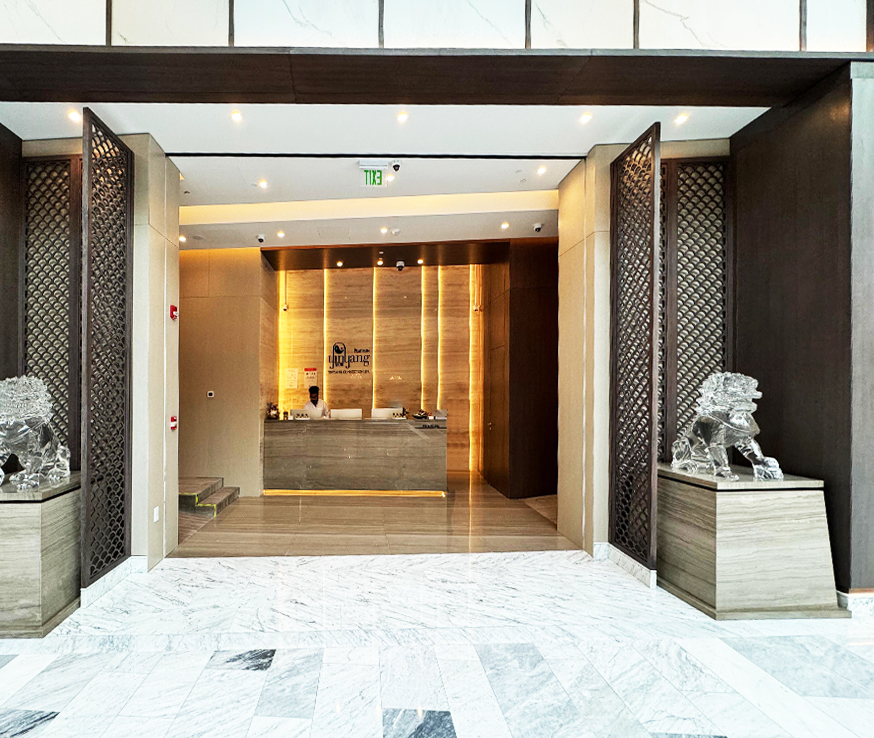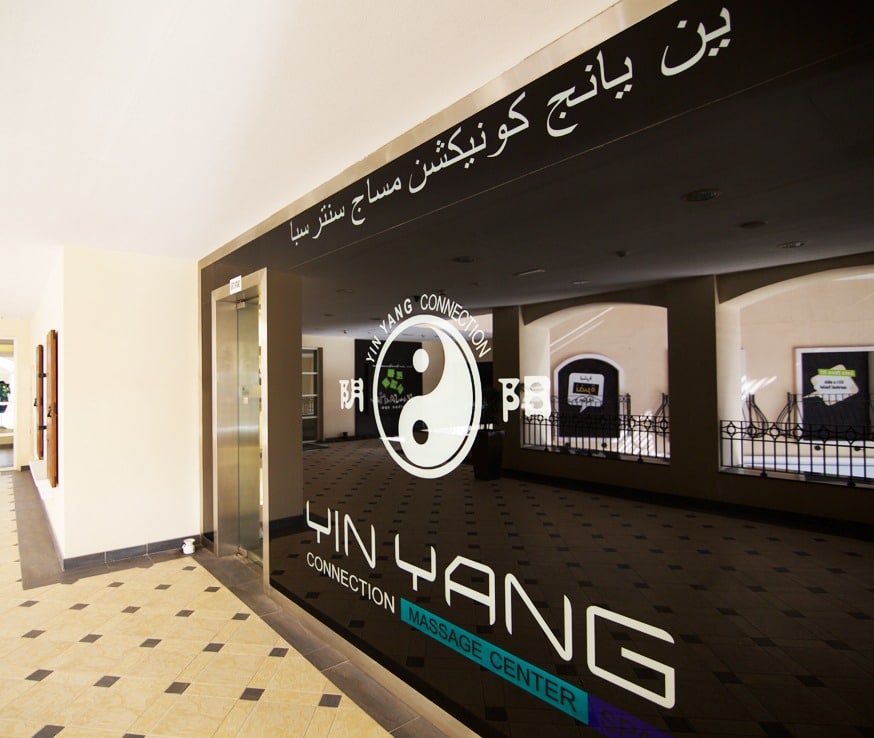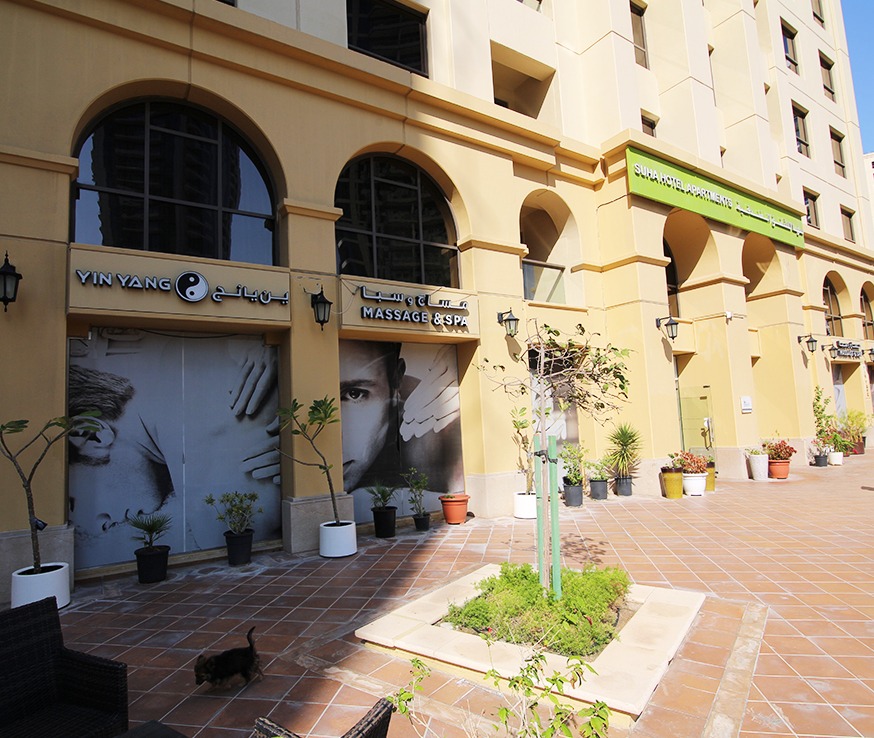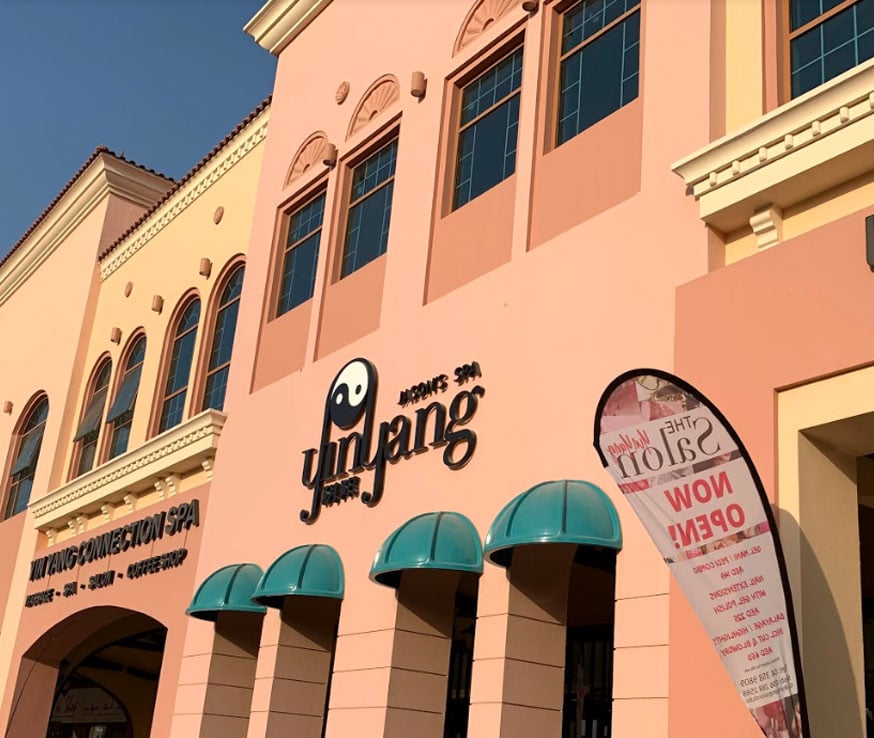Thai full body massage technique is one of the 4 branches of Traditional medicine in Thailand. These techniques have been perfected over centuries, tried, tested and clinically proven. The four branches are:
- Massage Therapy ( Nuad Bo’Rarn).
- Nutritional Medicine
- Herbal Medicine
- Meditative and Spiritual Practice
The word Nuad Bo’Rarn is a Sanskrit word derived from Puranas (sacred Hindu religious texts) meaning sacred or holy, thus this method of healing or therapy is considered sacred as it finds its roots in teaching handed from time immemorial across generations.
Many aspects of this form of the traditional massage have been perfected to balance and calm the body, mind and soul and to help in meditation practice. In the context of today’s world, Thai massage helps you to achieve flexibility, strength and inner balance.
History of Thai Massage?
Thai Massage is an ancient healing modality that has been in practice for nearly 2,500 years now. It’s a remedy that combines certain techniques and principles of Traditional Chinese Medicine (TCM), Yoga and Ayurveda.
As per Thai philosophy, the world is made up of four elements namely Earth, Water, Wind and Fire. In a healthy human being these elements are in harmony and balance. When these elements get out of balance, the person suffers. Thai full body massage seeks to restore this balance.
Major cultures and philosophies across the world believe in a “vital energy” responsible for our physical and mental wellbeing. In Indian culture, it’s known as prana; in Greek culture, it’s known as pneuma; and in Chinese culture, it’s known as Qi. TCM practitioners believe that the core cause of all human ailments is an imbalance in our Qi. Hence all TCM therapies, including the Thai massage, were developed by keeping the holistic principle of Qi in mind.
In Thai traditional medicine the Qi or Prana travels through the body on paths called Sen. This is very close to the concept of energy Meridian in TCM. There are 10 main Sen which connect the center of the body to all parts of the body. Each of these Sens is connected to particular illness/maladies.
Thai Full Body Massage Techniques
From a non traditional/oriental perspective, Thai massage is a system of peripheral stimulation.
By applying pressure on the surface of the body, the therapist is able to impact the functions of internal organs, glands and brain. To improve the functioning of the digestive system, the outer surface of the lower leg is pressed.
During a Thai massage, therapists use their hands, knees, and even legs and feet to perform selective stretches, bone-cracking and assisted yoga-like movements. Pressing and stretching are the 2 primary techniques used to obtain the therapeutic effects of Thai massage.
Pressing Technique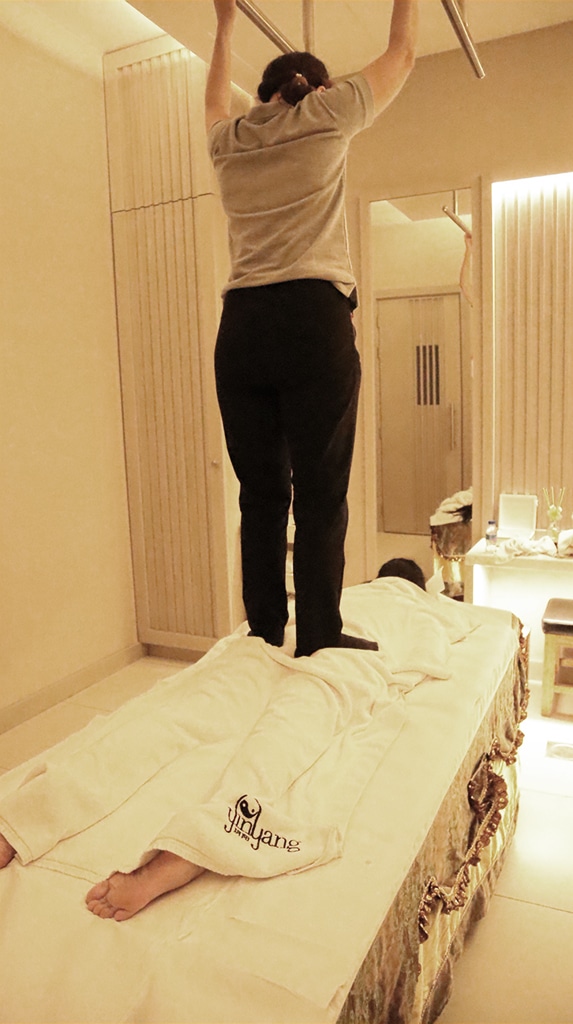
The therapist starts with a deep press which almost crushes the muscles ( metaphorically) and myofascial tissues. This helps in production of more elastic fibers, improving blood circulation through the muscles resulting in increased oxygen supply to affected parts. This helps in removing the toxins and other metabolic residues.
There are different kinds of pressing techniques, which are listed below:
- Palm Press
- Foot Press
- Thumb Press
- Elbow Press
- Forearm Rolling Pin
- Thumb Circle
- Finger Circle
- Palm Circles
Stretching Technique
The repeated and sustained stretches are applied in various directions with special focus on the limbs, torso, and neck. Stretching is a force/counterforce movement in various locations of the body. These movements create elongation and expansion and open up the joints. This stretching takes the muscles just beyond their relaxed state. This pressing and stretching, helps restore internal balance between impacted functional groups, helping in improving muscle tone, improved posture, and supple joints.
This style of massage is either performed on the floor (on a mat or futon), or on a massage table with a couple of supportive handrails placed high on parallel walls or on the roof for therapists to achieve maximum efficacy, mainly when they use their feet and knees. The handrails allow way more flexibility for the therapist to regulate the amount of pressure applied.
A traditional or classic Thai massage is performed without oil, but if the dry method doesn’t suit you, therapists at Yinyang will use oil at your request.
When Not to do Thai Massage
While Thai Massage has therapeutic benefits, it is contraindicated for the following medical conditions.
- Cancer patients, very ill and with high fever
- People on blood thinning medication ( exercise caution, only light press)
- People suffering from Osteoporosis should be very light press and stretch
- Recently undergone surgery
- Pregnant woman ( exercise caution, no work on abdomen)
- People with fractures, varicose veins, wounds.
Thai Massage Benefits
There are numerous benefits of a Thai massage, many of which are supported by extensive scientific research, such as the ones below:
- Reduces back pain
- Relieves headaches
- Relieves joint stiffness and pain
- Increases muscle flexibility and mobility
- Eases anxiety
- Balances body and mind
Best Massage Service in Dubai
Yinyang massage spa offers the most effective and professional Thai massage in Dubai. Our centers provide a hygienic environment and are home to the most qualified and trained massage therapists in Dubai who are well-versed in the art of alternative healing.
If you’re looking for a professional massage center and spa in Dubai, look no further and book your appointment at Yinyang Spa today! Our massage centers are located at Al Safa, JBR, Village Mall and Beach Center in Dubai.
















